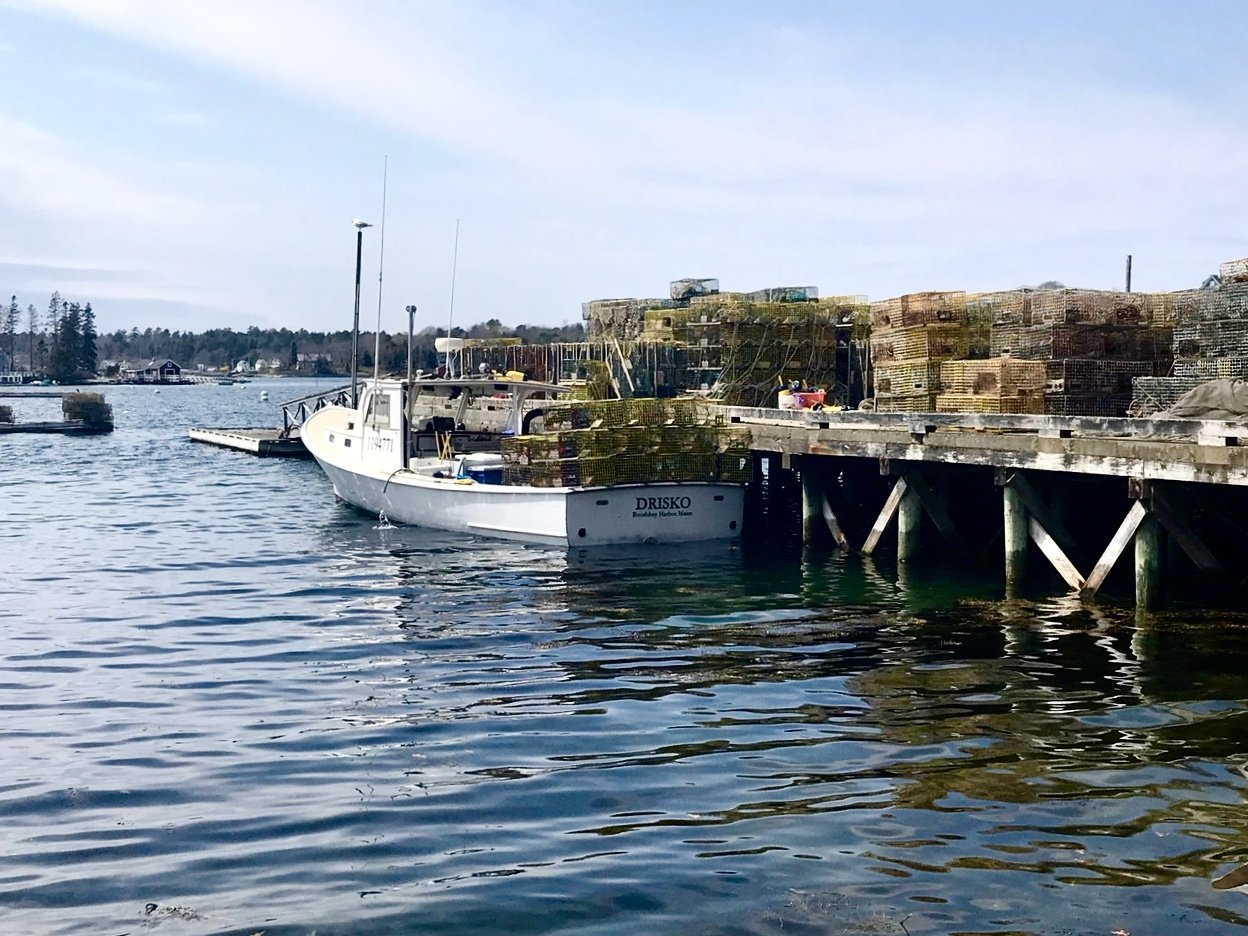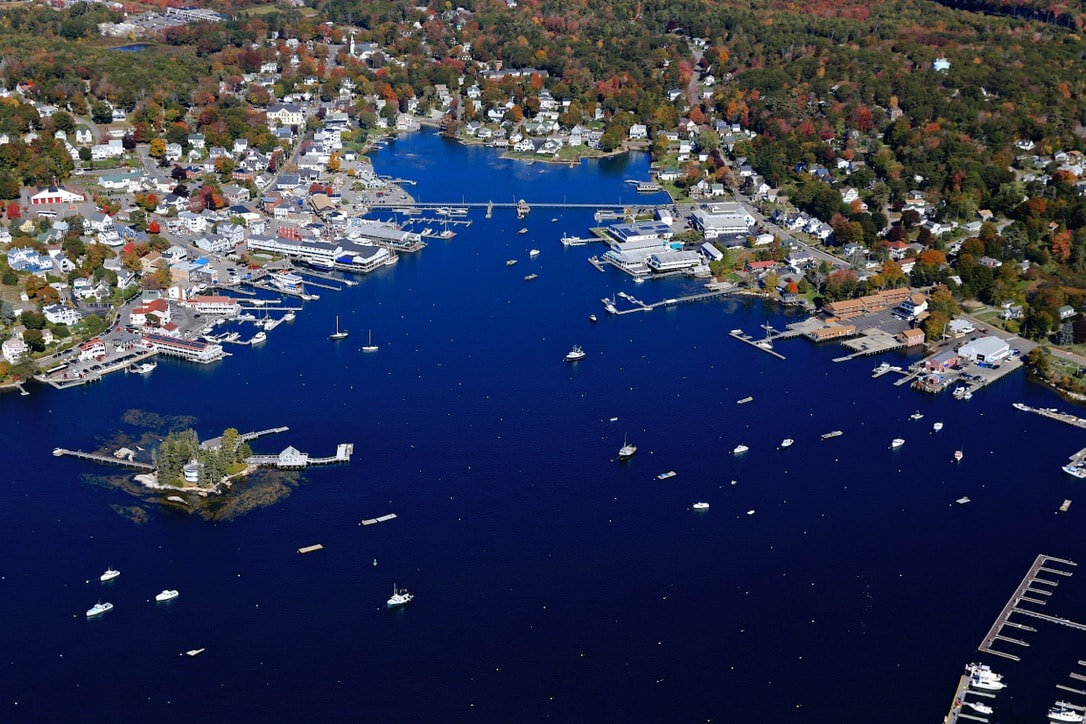
WORKING WATERFRONT
Maine has a rich maritime history, but less than 20 miles of the 5,000-mile coast remains as working waterfront in the state.
Preserving Maine’s Working Waterfront
Maine’s coastline stretches more than 5,000 miles, yet less than 20 miles remain as designated working waterfront—spaces that support commercial fishing, aquaculture, and marine trades. These vital areas are disappearing, and with them, the livelihoods and traditions that have shaped our coastal communities for generations.
At Eastside Waterfront Park, we’re proud to be part of a statewide effort to revitalize, protect, and preserve this irreplaceable resource. Our south pier is already a hub for local fishermen, serving as a working platform for loading, unloading, and maintaining their vessels and gear. It also functions as a buying station for Luke’s Lobster, strengthening the local economy.
We’re committed to doing more than preserving space—we’re building resilience for the future. Thanks to a state Working Waterfront Resiliency Grant, we’re elevating the historic boathouse to protect equipment and provide workspace year-round, even during storm surges.
We’ve also introduced tangible support for the industry, including:
A 7,500 sq ft concrete-topped pier
Discounted moorings for working vessels
Winter trap storage for over 3,000 lobster traps
Dedicated parking and tie-up space
Partnership with OceansWide to support harbor cleanup and ghost trap recovery
Our vision includes further investments like expanding the float system, installing a boom and hoist, opening the north pier for additional trap storage, and adding a dinghy dock—all designed to support and sustain Maine’s maritime future.
This is more than preservation. It’s a promise to ensure that Boothbay Harbor remains a place where the working waterfront works—today and for generations to come.
Support the Harbor. Sustain the Future.
Your donation helps preserve public access and protect our working waterfront for generations to come.
GHOST TRAPS
Partnering to Protect Our Waters
Boothbay Harbor Waterfront Preservation is proud to partner with the nonprofit OceansWide in a shared mission to clean up Boothbay Harbor and its surrounding waters. The Eastside Waterfront Park serves as the central staging area for this vital ghost gear recovery project.
Since launching in April 2021, OceansWide has removed more than 1,300 abandoned lobster traps—commonly known as ghost traps—from local waters. Of those, 150 usable traps have been returned to area fishermen, while 60 more have been donated to support new entrants to the industry.
The project relies on trained divers to locate, tag, and recover gear from the seafloor. Captain Devyn Campbell, a local fisherman and longtime BBHWP board member, plays an active leadership role in this important work.
We invite you to watch this beautifully produced video by Bangor Daily News and learn more about OceansWide’s ongoing efforts at oceanswide.org.

Building a Stronger Waterfront, Step by Step
-

Concrete-topped Pier
Fishermen currently use the South pier as a convenient location to load, unload, work on traps and boats.
-

Winter Trap Storage
Offered on the south pier and on the BBHWP property across Atlantic Avenue from the park (3,000 traps stored so far).
-

Moorings
Four moorings are provided to working waterfront boats at deep discounts to prevailing rates.
-

Parking
Substantial parking on BBHWP property dedicated to Working Waterfront. Without convenient parking and areas to load/unload, Boothbay Harbor will lose its commercial fishermen.
-

Tie-up & Storage
When several “Carter’s Wharf” floats were temporarily unusable, BBHWP floats were made available. When a disabled fishermen needed temporary trap storage, BBHWP responded.
-

Harbor Cleanup
BBHWP is providing a free staging area for the “OceansWide” effort to retrieve abandoned ghost gear in Boothbay waters. Usable traps are returned to fishermen and the rest are recycled.
Looking to the Future
-

1
Replace and significantly expand the Working Waterfront float footprint (funded).
-

2
Provide a boom and hoist on the south pier for convenient loading/unloading (funded).
-

3
Open up the north pier for winter trap storage, giving local fisherman their space.
-

4
Provide a dinghy dock for fishermen to access moored boats (funded).


